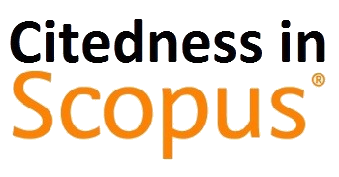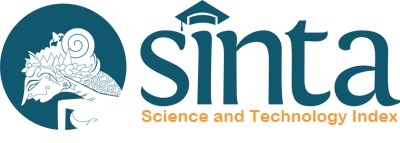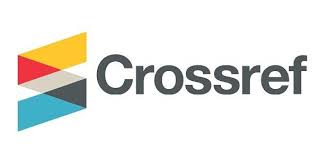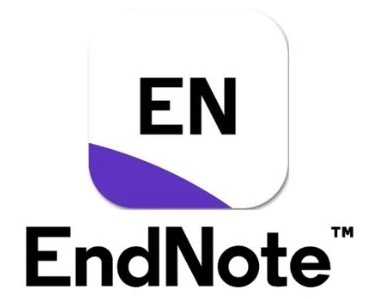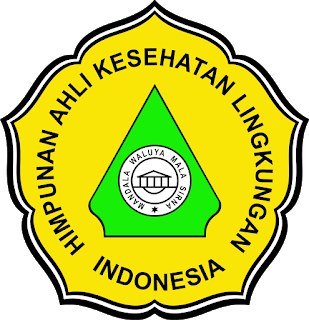Preferensi Oviposisi Nyamuk Aedes aegypti Terhadap Variasi Atraktan (Air Kotoran Sapi Dan Air Kotoran Ayam)
DOI:
https://doi.org/10.32382/sulo.v23i2.82Abstrak
Salah satu pengendalian vektor nyamuk adalah menggunakan perangkap, yakni perangkap telur (ovitrap) yang akan diisi atraktan sebagai zat yang digunakan untuk menarik nyamuk betina untuk bertelur. Salah satu bahan yang dapat digunakan sebagai atraktan adalah kotoran sapi dan kotoran ayam yang dicampur dengan air.Tujuan dari penelitian ini adalah untuk mengetahui preferensi oviposisi nyamuk Aedes aegypti terhadap variasi atraktan (air kotoran sapi dan air kotoran ayam). Adapun jenis penelitian yang digunakan adalah eksperimen dengan 3 kali replikasi serta variasi atraktan yakni campuran air dengan kotoran sapi dan air dengan kotoran ayam dengan konsentrasi kotoran masing-masing 3% kemudian dilakukan pengamatan selama 7 hari setiap replikasi. Hasil penelitian menunjukkan rata-rata jumlah telur yang terperangkap berbeda-beda pada setiap media. Pada media air kotoran sapi sebesar 145,6, pada media air kotoran ayam sebesar 55 serta pada media kontrol sebesar 25,6. Hasil uji statistik menunjukkan nilai p value pada air kotoran sapi yakni sebesar 0,013 < 0,05 sedangkan nilai p value pada air kotoran ayam yakni sebesar 0,570 > 0,05 Kesimpulan pada penelitian ini yakni adanya perbedaan preferensi oviposisi nyamuk Aedes aegypti secara signifikan pada air kotoran sapi. Sedangkan pada air kotoran ayam terdapat perbedaan preferensi oviposisi nyamuk Aedes aegypti namun tidak secara signifikan. Media air kotoran sapi merupakan media yang menjadi preferensi utama bagi nyamuk Aedes aegypti untuk melakukan oviposisi jika dibandingkan dengan media air kotoran ayam. Disarankan untuk melakukan penetasan telur secara total dan penambahan variasi atraktan serta bagi masyarakat untuk memperhatikan kebersihan lingkungan guna menghindari perindukan nyamuk.
Kata kunci : Atraktan, Ovitrap dan Aedes aegypti.
Referensi
Afsahyana, Yohana, Nurhayati, & Isnadiyah. (2022). Survey Of Dengue Hemorrhagic Fever Density In Makassar City, South Sulawesi Province. Pancasakti Journal of Public Health Science and Research, 2, 124–131.
Ashari Rasjid dan Ridwan. 2022. Uji Kemampuan Lilin Aromaterapi Anti Nyamuk Dari Ekstrak Tanaman Serai (Cymbopogon Citratus) Untuk Mematikan Nyamuk Aedes Aegypti. Makassar: Politeknik Kesehatan Makassar Jurusan Kesehatan Lingkungan. Jurnal Sulolipu : Media Komunikasi Sivitas Akademika dan Masyarakat. Vol. 22, No. 2, e-issn : 2622-6960.
Budiman, Y., Pianaung, R., Soenjono, S. J., & Salim, M. (2018). Uji Efektivitas Air Kotoran Sapi Dan Air Kotoran Ayam Sebagai Atraktan Pada Ovitrap Terhadap Jumlah Telur Aedes aegypti Test Of Effectiveness Of Cow And Chicken Manure In Water As An Attractant On Ovitrap O The Number Of Aedes aegypti. 10(2), 54–62. Dosen Kesehatan Lingkungan Indonesia. 2019.
Kesehatan Lingkungan: Teori dan Aplikasi. Penerbit Buku Kedokteran EGC. Jakarta.
Hasanah, dkk. 2017. Efektivitas Atraktan Alami Terhadap Aedes Aegypti Pada Perbedaan Warna Perangkap. Jember: Jurnal Biologi dan Pembelajaran Biologi. Vol. 2, No. 2, e-ISSN 2528- 1615.
Hidayah, W. N., Hidayat, J. W., & Rahadian, R. (2013). Preferensi bertelur nyamuk Aedes aegypti l. berdasarkan jarak penempatan ovitrap bermedia air domestik terhadap ovitrap bermedia air rendaman jerami. Jurnal Biologi, 2(4), 25–34.
Lumanauw, S. J., & Posangi, J. (2013). Preferensi Nyamuk Aedes Aegypti pada Berbagai Media Air. Jurnal Biomedik, 5(1), 32–37
Rokom. (2020). Data Kasus Terbaru DBD di Indonesia - Sehat Negeriku. In Kementrian Kesehatan Republik Indonesia (hal. 6–7). http://sehatnegeriku.kemkes.go.id/baca/umum/20201203/2335899/data-kasus-terbaru-dbd- indonesia/. (Di akses 7 Desember 2022)
Syaidah, E. R., Hariani, N., & Trimurti, S. (2019). Studi Preferensi Oviposisi Nyamuk Aedes aegypti ( Linnaeus , 1762 ) pada Air Limbah Permukiman di Laboratorium. Jurnal Ilmu Dasar, 20(1), 7–12.
WHO. (2021). Dengue and severe dengue. In Who (Nomor May, hal. 113).
http://www.who.int/mediacentre/factsheets/fs117/en/%0Ahttps://www.who.int/news- room/fact-sheets/detail/dengue-and-severe dengue%0A
https://www.who.int/health- topics/dengue-and-severe dengue#tab=tab_1. (Di akses 7 Desember 2022).
Unduhan
Diterbitkan
Cara Mengutip
Terbitan
Bagian
PDF downloaded: 283





